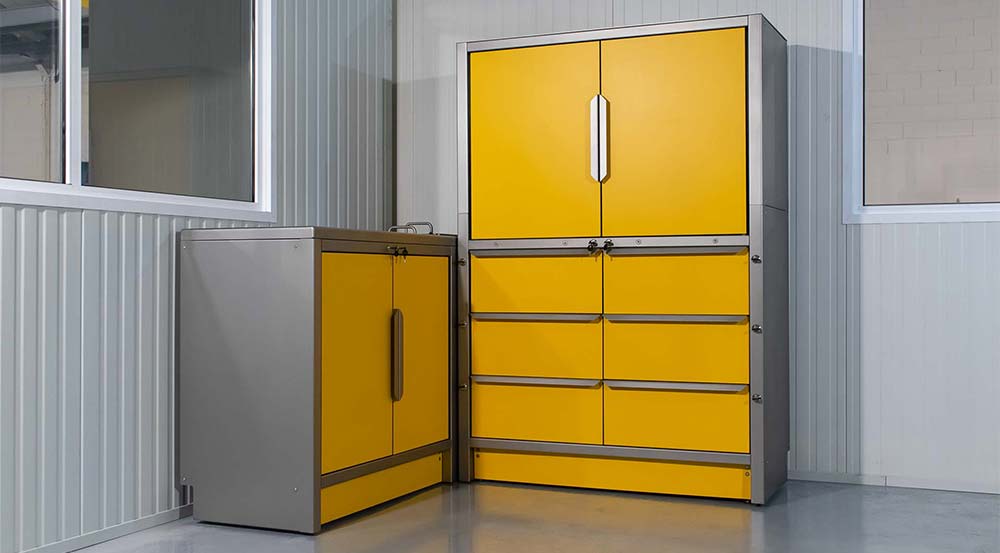|
Construction, nuclear energy, non-destructive assessment, academic, and medical areas all employ lead for radiation shielding. A lead cabinet is one of the common radiation shielding tools that you may need. In this article, we are going to discuss lead properties and how it is processed to be lead cabinet.
Lead PropertiesGamma radiation may be effectively shielded by using lead. Lead is suitable for halting gamma and x-ray radiation because of its density, high atomic number, and stable isotopes. When shielded from a Cobalt-60 source, Purified lead has an HVL (half-value layer) of 12.5 mm, which reduces the radiation dose by 50%. (0.49 in). Steel (21.6 HVL) and concrete (60.5 HVL) shields with the same level of protection against a Co60 source will be much thinner than a lead shield. Using a 200 kV x-ray source, the lead’s HVL would be 0.52 mm (0.021 in). Lead ProcessingGenerally speaking, lead may be found in a variety of forms. Melting the lead and pouring it into a mold or pre-fabricated fabrication is standard practice. An example of a cast lead product is a lead brick. An object may be cast out of cast lead by pouring molten lead into a mold that has been heated to a certain temperature. It is feasible to attain finer tolerances with a machined lead than would be achievable with a casting. Antimony makes lead tougher and less prone to chipping, making it simpler to process alloys of lead, such as 2-4 percent antimonial lead. Because lead is so flexible, extruding and rolling it is easy. Rolling lead is used to create sheet lead, which is valuable shielding material. Sheets of lead may be simply put in barriers, walls, and on drywall and plywood in x-ray or gamma testing applications. With a thickness of 1/32″, the lead may be rolled and molded to fit any shape. Sheet lead comes in a variety of thicknesses, including 1/32, 1/16, 1/8, and 14. Radiation protection may be achieved in a variety of ways, from lead-lined furniture to lead vials. Because of its availability, cost, and ease of mold, cast, or process, lead may be used to make any radiation shielding device that you can think of. For more information on lead fabrication and radiation shielding, visit the Nuclear Shields website or contact us directly. We will assist you with finding the optimum radiation shielding solution for your bespoke needs. |


